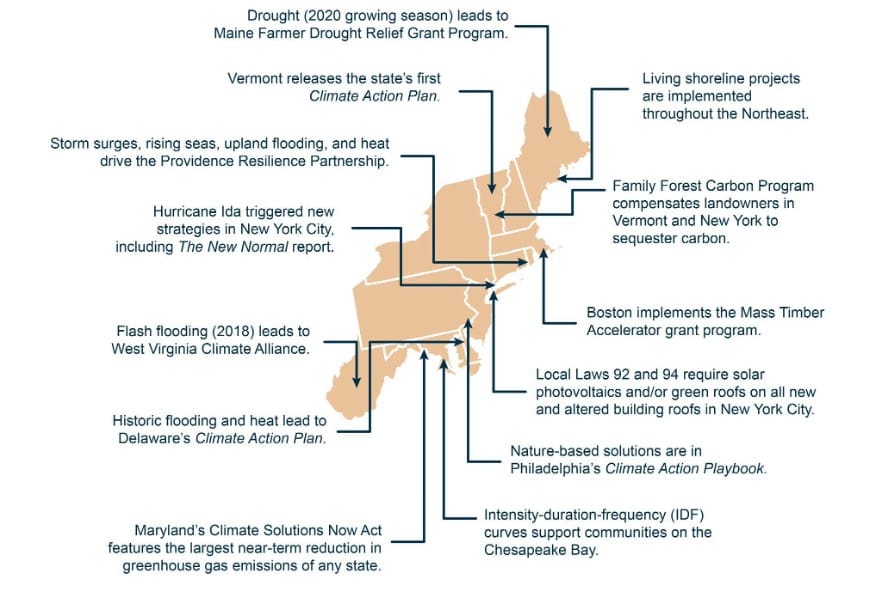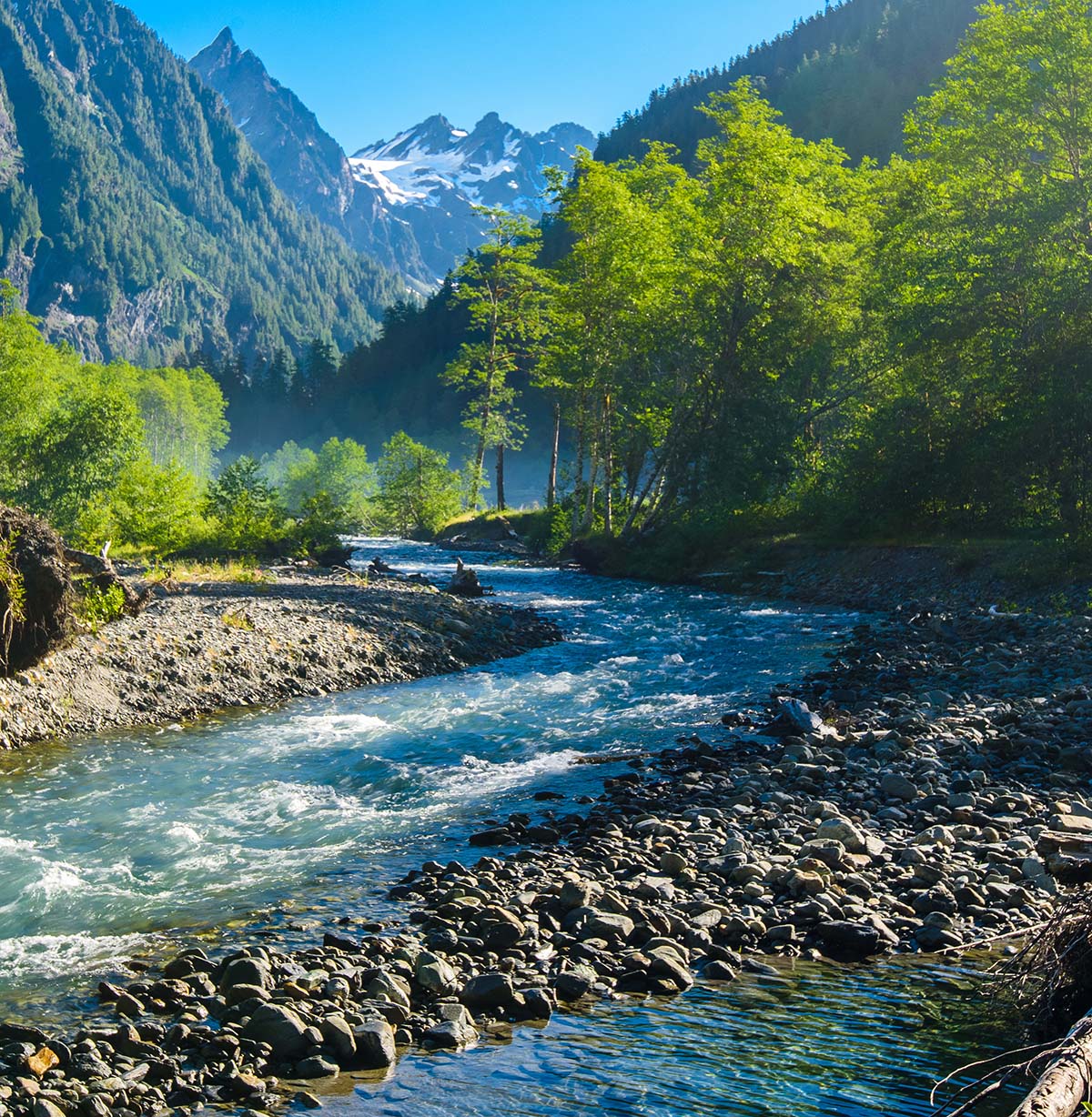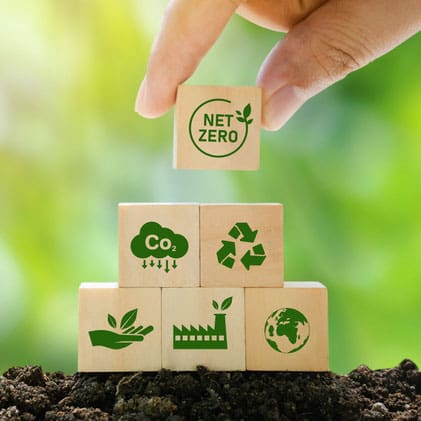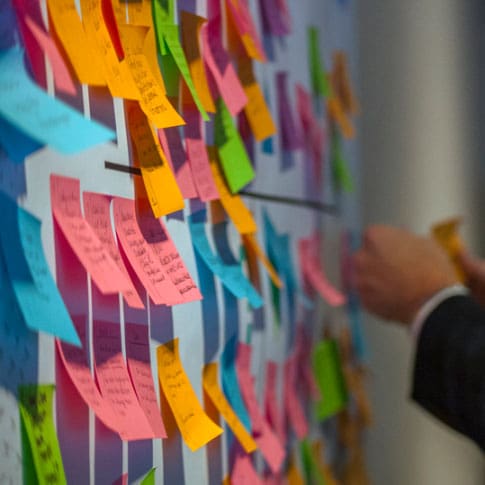By: Sarah Dobie, Ph.D., Lisa O’Fiesh, Jaela Alvarez, and Sri Vedachalam, Ph.D.
The Northeast region – consisting of New England and Mid-Atlantic states – is an economically prosperous region with a growing population. Since 2010, the region’s population has grown by 67 million people, a four percent increase. It includes several of the nation’s largest cities, including New York, Boston, Philadelphia, Baltimore, and Washington, D.C. The region includes the Chesapeake Bay Estuary, the largest estuary in the United States and provides ecosystem services ranging from drinking water to seafood harvesting to more than 18 million people.
Preparing for climate change will be critical as its population continues to grow – particularly as people are displaced from high-risk states like Louisiana and Florida. The Northeast is a leader on climate action, but it still faces several barriers to preparing for the impacts of climate change. In this blog post, we provide an analysis of key opportunities and challenges to further establish itself as a national climate leader, drawing from the Fifth National Climate Assessment (NCA5). We highlight two insights from the NCA5 and identify two priority actions for the region.
Insight #1: Climate change is already a problem, especially in underserved communities
The Northeast has experienced a 2°F increase in average annual temperatures, with projects predicting a rise of up to 10°F by 2080. Precipitation has increased between 5 to 15 percent across the region from 1992-2021, compared to the 1901-1960 average. Precipitation has also grown more extreme, leading to more frequent urban and flood flooding. The region has also experienced 1 foot of sea level rise increasing the frequency of minor and severe flooding. As of 2020, there are fewer than ten minor flooding events from sea level rise annually, but by 2050 this number could increase to over 40 per year.
Underserved communities have been the most impacted by climate change. For example, in New York City’s Bronx, neighborhoods that suffered from redlining endure summer temperatures approximately 0.4°F higher than non-redlined neighborhoods (Figure 2). Similarly, climate discrepancies between Tribal and non-Tribal lands are significant, with Tribal regions enduring nearly two additional days of extreme heat and experiencing a 23 percent reduction in annual precipitation compared to non-Tribal areas.

Figure 2. Differences in summer temperatures by neighborhood in the Bronx, New York. Neighborhoods receiving a D grade by HOLC were considered redlined. Source: NCA5; developed by Union of Concerned Scientists, RAND Corporation, Columbia University, NOAA NCEI, and CISESS NC
Insight #2: The Northeast is leading the nation on climate action, but more progress is needed
For years, the Northeast has been a leader on climate action at the state- and local-levels (Figure 1), including a strong emphasis on both climate mitigation and adaptation. The region has spearheaded many innovative climate action programs, such as the Regional Greenhouse Gas Initiative(RGGI) cap-and-trade program. RGGI includes every state in the region, and it is responsible for an annual reduction of 5 million tons in GHG emissions – which is “roughly equivalent to the annual residential CO2 emissions from Rhode Island and Maine combined.” Additionally, almost every Northeastern state has called for economy-wide carbon neutrality by 2050, established a climate impact assessment, and developed a comprehensive climate action plan.

Figure 1. Examples of state and local climate action
What can cities in the Northeast do to prepare for climate change?
Recommendation #1: Employ circular economy approaches to support decarbonization goals
The Northeast region has set ambitious decarbonization goals, with many states and local governments committing to carbon neutrality by mid- to late-century. Meeting these goals poses a significant challenge, especially while also working to achieve other sustainable development goals such as pollution reduction and resource conservation. Circular economy approaches may offer a path forward to help the region navigate this challenge.
There may be opportunities to leverage innovation across the energy-water-food nexus to support climate and sustainability goals. For example, anaerobic digestion of wastewater biosolids provides a way to reduce waste and produce a source of sustainable energy. Similarly, the production of urine derived fertilizer (UDF) from wastewater can provide a source of nutrients for sustainable agriculture. There are several federal and state grants that can be used to support applied research to support the development of circular economies (e.g., NSF Regional Innovation Engine grants, USDA Composting and Food Waste Reduction Cooperative Agreements).
Recommendation #2: Center equity in climate action plans and programs
State and local governments are increasingly centering equity in their climate action plans and programs. The region will need to continue to look for opportunities to prioritize support in underserved areas. In addition, it will be important to ensure that underserved communities are given agency over the decision-making process and that plans and programs recognize and address historic injustices. Examples of early actions to support climate justice include Rhode Island’s H5445 bill that requires the incorporation of environmental justice into climate action planning and plans like Cool Neighborhoods NYC and Climate Ready Boston that seek to use nature-based solutions to address climate hazards in underserved areas.
In summary, the Northeast is leading in climate action, yet more strides are needed to meet state and local climate goals – particularly in underserved communities. There is an opportunity for the region to simultaneously support climate and sustainability goals through the use of circular economy approaches.




